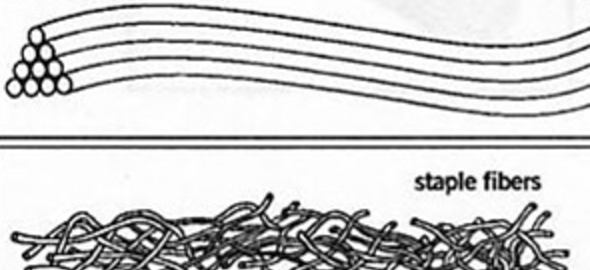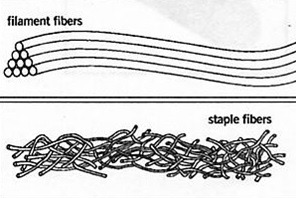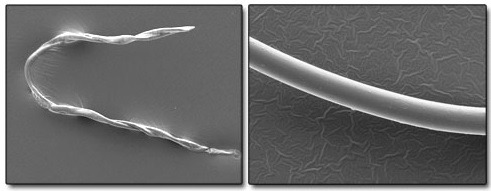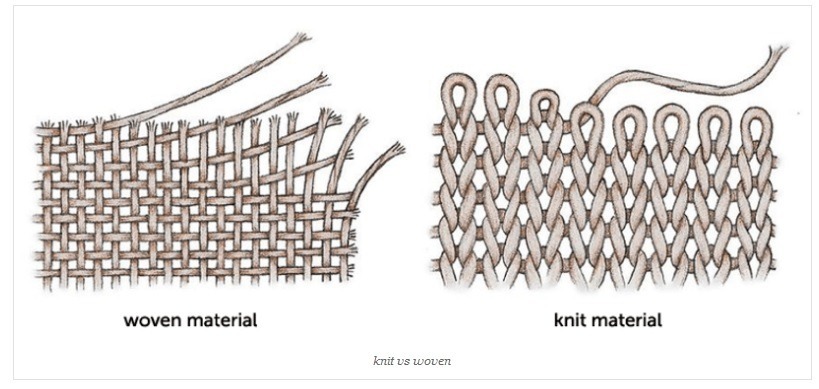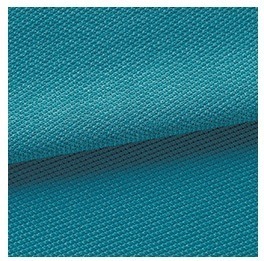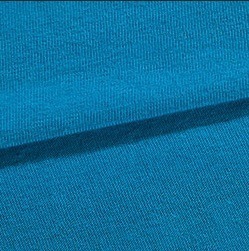Polo Shirts with UV Protection help reduce risk of over exposure to harmful, invisible ultra violet rays.
Do your team members spend a lot of time outdoors?
If so we have written this information, which we hope, you will find useful. If you are browsing, to select team wear or uniform then you might decide to consider polo shirts which have been designed and manufactured to give protection from the harmful rays of the sun.
The amount of time a person spends unprotected from the sun and its UV Radiation has a proven correlation to risk of skin cancer.
I enjoy this video which shows the hidden effect of ultra violet rays with the use of a special camera.
Cancerresearchuk.org gives the figures that 8 in 10 cases of melanoma “………could be prevented through enjoying the sun safely and avoiding sunburn”. There has been much publicity during the last decade which has highlighted the dangers. Certainly since I spent hours unprotected in the sun as child knowledge of how to reduce skin cancers and the risk of melanoma has become well known and written about widely.
Polo shirts and T Shirts are often chosen by customers as part of their company uniform or team wear. They have a smart, but relaxed look. This is appealing as they help to portray a professional image as part of a company corporate clothing range – but are comfortable and practical.
As polo shirts are undoubtedly the most popular of all our garments, we wanted to include those with excellent UV protection ratings.
UPF Protection Rating Explained – Polo Shirts
- UPF stands for the “Ultra Violet Protection Factor” that the fabric offers.
- The “Rating” indicates on a scale how good the protection is.
- UPF rating is similar to SPF (Sun protection factor) rating using in sun screens.
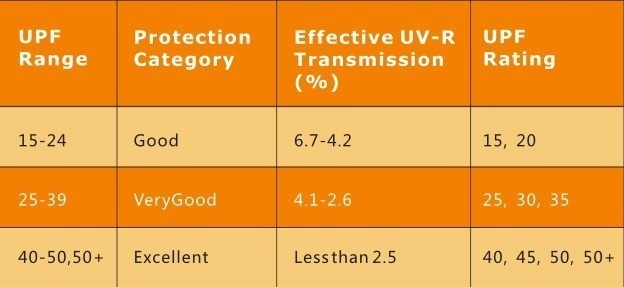
Fabric
The more densely woven the fabric the better the protection the polo shirt will offer from the UV radiation. In densely woven fabrics there are less spaces between the fibres and far fewer of the harmful radiation rays can get through.
However if you stretch the fabric the weave will open up a little and reduce the UV protection. Similarly if the polo shirt is well worn and a little threadbare then protection is reduced.
The recent development in 100% polyester fabrics, with wicking qualities are particularly effective as they have a very tight weave.
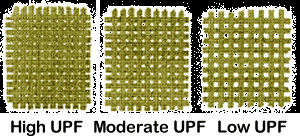
Credit – image from Arpansa – Australian Government
Colour
The darker the fabric the better the protection. Because the dye is more concentrated this results in the absorption of many more of the ultra violet rays rather than the lighter coloured polo shirts.
A good simple test to try – hold the polo shirt to the sun and the more you can see through it, the less good the protection.
If your team work outdoors a good starting point is to choose darker colours for their workwear, in a tightly woven fabric.
Fabrics Treated to Increase Sun Protection
Some of our polo shirts have a high technical specification and have been coated with Ultra Violet absorbers or reflectors. This increases the protection that the polo shirts offers. The fabric is usually densely woven and darker colour, and due to this combination there is a three pronged attack on those harmful rays.
Look for Polo Shirts with a UV Protection Rating
Look for polo shirts with UV Protection by using the filter under “features” on the left hand side of our website. You will see the rating of all products with UV protection in the description of the polo shirts. You may also see a logo similar to the one below on the garment label which confirms the rating.
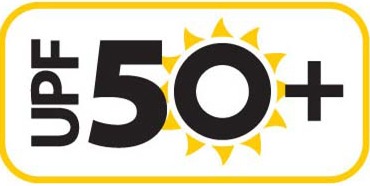
Polo Shirts with UV Protection
Here is a list with links to our range:-
Just for Interest
If you are interested in invisible ultra violet rays look at this interesting NASA video.

